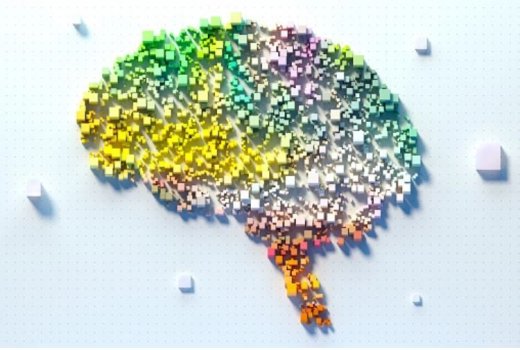The first job for many artificial intelligence (AI) algorithms is to examine the data and find the best classification. An autonomous car, for example, may take an image of a street sign; the classification algorithm must interpret the street sign by reading any words and comparing it to a list of known shapes and sizes. A phone must listen to a sound and determine whether it is one of its wake-up commands (“Alexa,” “Siri,” “Hey Google”).
The job of classification is sometimes the ultimate goal of an algorithm. Many data scientists use AI algorithms to preprocess their data and assign categories. Simply observing the world and recording what is happening is often the main job. Security cameras, for example, are now programmed to detect certain activity that might be suspicious.
In many cases, the classification is just the first step of a larger algorithm. The autonomous car will use the classification of a street sign to make decisions about stopping or turning. A smart vacuum cleaner may watch for pets or children, and it’ll turn off or shut down if one is detected.
What are the types of classification algorithms used in artificial intelligence?
There is a wide range of algorithms that vary between general approaches able to train themselves to answer any type of question and also focused applications that work on particular domains. For example, optical character recognition algorithms are used to convert paper scans into digital documents by classifying each letter in the image.
Other algorithms are designed to work with numerical data. They may divide the range of potential answers into sections representing each possible potential answer. A simple algorithm for classifying pets as either dogs or hamsters may be successful, examining the weight alone. Any pet weighing more than one pound would be classified as a dog and anyone weighing less than a pound would be classified as a hamster.
Continue reading: https://venturebeat.com/2022/06/16/what-is-artificial-intelligence-classification/
The job of classification is sometimes the ultimate goal of an algorithm. Many data scientists use AI algorithms to preprocess their data and assign categories. Simply observing the world and recording what is happening is often the main job. Security cameras, for example, are now programmed to detect certain activity that might be suspicious.
In many cases, the classification is just the first step of a larger algorithm. The autonomous car will use the classification of a street sign to make decisions about stopping or turning. A smart vacuum cleaner may watch for pets or children, and it’ll turn off or shut down if one is detected.
What are the types of classification algorithms used in artificial intelligence?
There is a wide range of algorithms that vary between general approaches able to train themselves to answer any type of question and also focused applications that work on particular domains. For example, optical character recognition algorithms are used to convert paper scans into digital documents by classifying each letter in the image.
Other algorithms are designed to work with numerical data. They may divide the range of potential answers into sections representing each possible potential answer. A simple algorithm for classifying pets as either dogs or hamsters may be successful, examining the weight alone. Any pet weighing more than one pound would be classified as a dog and anyone weighing less than a pound would be classified as a hamster.
Continue reading: https://venturebeat.com/2022/06/16/what-is-artificial-intelligence-classification/

